Should I Use a Prong Collar on My Dog?
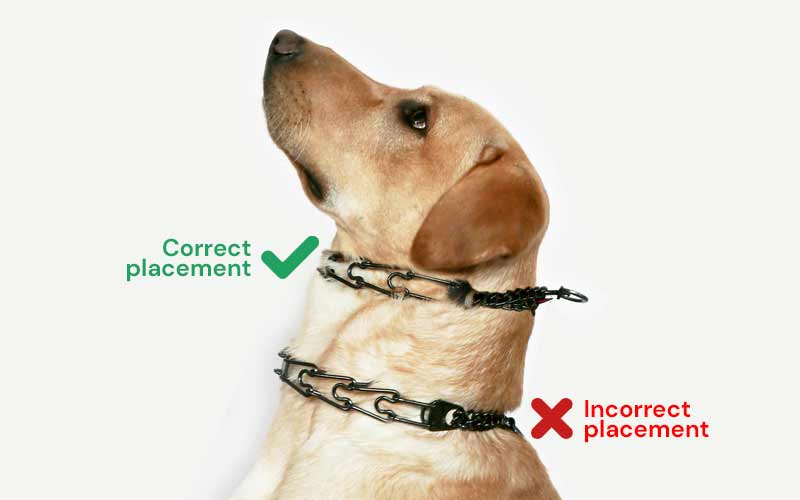
When people get a new dog, they know they need a leash and collar. But first-time dog owners never start with a prong collar. This is because the subject of a prong collar only comes up if a behavioral problem develops. Then, a friend or local dog trainer tells them they need a prong.
That's when they do a little research and find this article.
On the right dog, prong collars are a great training tool. I describe them as putting power steering on your leash. They allow small people to control large dogs. They produce behavior changes at a correct level that is often 90% less effort than what is required on a flat collar.
The first impression people have when they see a prong collar is “It looks like some kind of a torture tool.” Like every single dog training tool, they can be abused. But that's not a good enough reason to not use it in your training protocol. A slip collar or even a flat collar can also be abused as well. But when prong collars are used correctly, they can actually produce far fewer injuries than a slip collar or choke chain collar.
How to Properly Use a Prong Collar
Let's start with the important points of training with Prong Collars:
- They are not meant to be left on overnight. Leaving the collars on overnight is a dangerous practice.
- They must be sized correctly. Otherwise, they can and will accidentally come apart. That always happens when the dog is misbehaving and gets a correction.
- When a prong is fit correctly, it must snugly fit right behind the dog's ears around and under the dog's jaw. They should NEVER hang loose on the dog's neck. Read my article on How to Fit a Prong Collar.
- Prong collars should always be used in conjunction with a second backup collar (like our Dominant Dog Collar). That way, if the prong comes apart, the dog will remain on leash and not run around off-leash in the face of a distraction.
- When you start training with a prong, go slowly. Don't take the dog to a dog park and give the level of correction you have been using. Rather take the dog for a walk and let it self-correct by pulling into the leash. With many dogs, this is enough of a correct.
- As a general rule, prong collars are great for stopping dogs from pulling and dragging the handler down the street on walks.
- The right way to give a leash correction is to POP the leash. Do not PULL ON THE LEASH! This is a skill new dog trainers all need to learn.
- Make an effort to understand the theory of corrections in dog training. The purpose of a correction is to produce a positive behavior change, not to punish the dog. Every dog is different; some need very soft corrections, while other dogs need very hard corrections to get a behavior change, and then the majority are somewhere in the middle.
- If you are new to dog training, I highly recommend you take our online course on Basic Dog Obedience to further comprehend dog motivation. This will get you a better understanding of how and why you should or shouldn't use a prong collar.
Which Dogs Should Not Have a Prong Collar?
It's important to understand that not all dogs need a prong collar. These are the following situations I would be hesitant about using a prong collar:
- I would seldom recommend using a prong collar on a dog that has aggression issues. Doing so on the wrong dog can result in the dog becoming more aggressive and redirecting onto the owner. These kinds of dogs need to be worked with a Dominant Dog Collar.
- I would be a little careful about using a prong on a flighty dog, one that acts like it's on speed. Putting a prong on this kind of dog can make it “more hectic”, not less hectic. Again, these kinds of dogs need to be worked with a Dominant Dog Collar.
- I would be cautious about using a prong collar on a very sensitive, soft-temperament dog. Over-correcting will destroy the bond between you and your dog.
Which Dogs Should Have a Prong Collar?
Adult dogs sometimes need a prong collar when normal corrections with a choke collar do not produce the intended results (aka when choke collars do not affect the dog). It is of my opinion that any time a dog requires a level 7 correction for normal training, then he should be worked with a prong collar from that point on (provided that he is not aggressive or hectic as mentioned above).
It's the job of the handler to read his dog. New handlers tend to go out and give the same level of correction with a prong that they did with a choke collar. This is unfair to the dog.
If you are a new Schutzhund trainer or a police service dog handler, you will need a prong collar.
Should I Use a Prong Collar on Puppies?
If you have a 3- to 4-month-old puppy that is pulling you down the street while on a walk, then you need a prong collar. In this case, you won't need to 'pop' the collar to correct your puppy. The puppy will give itself a correction when he hits the end of the leash.
When that happens, simply soothe your puppy when he yelps. Within one training session, your dog will walk slowly by your side without any pulling. Additionally, the puppy won't view you as the bad guy. How can they? You were soothing and praising the puppy after yelping from a self-induced correction.






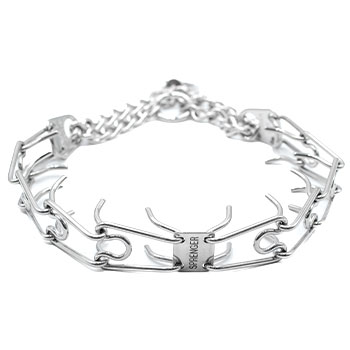
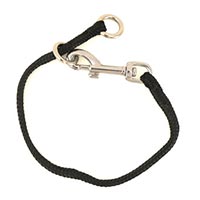
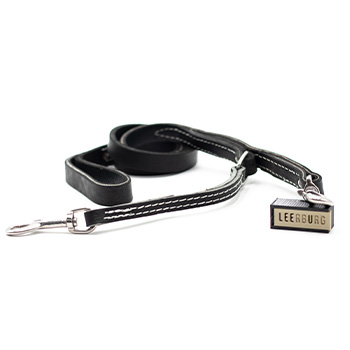
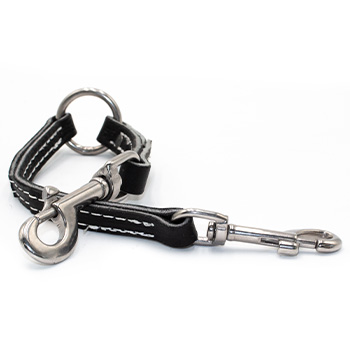
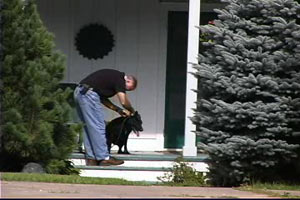
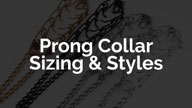
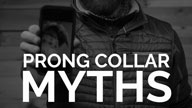
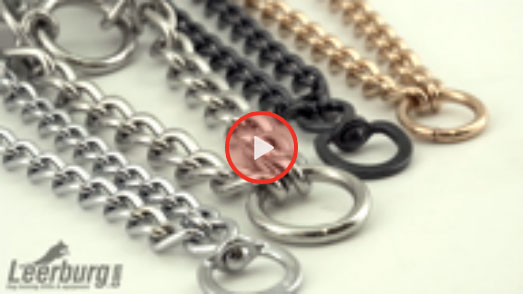
Ask Cindy.